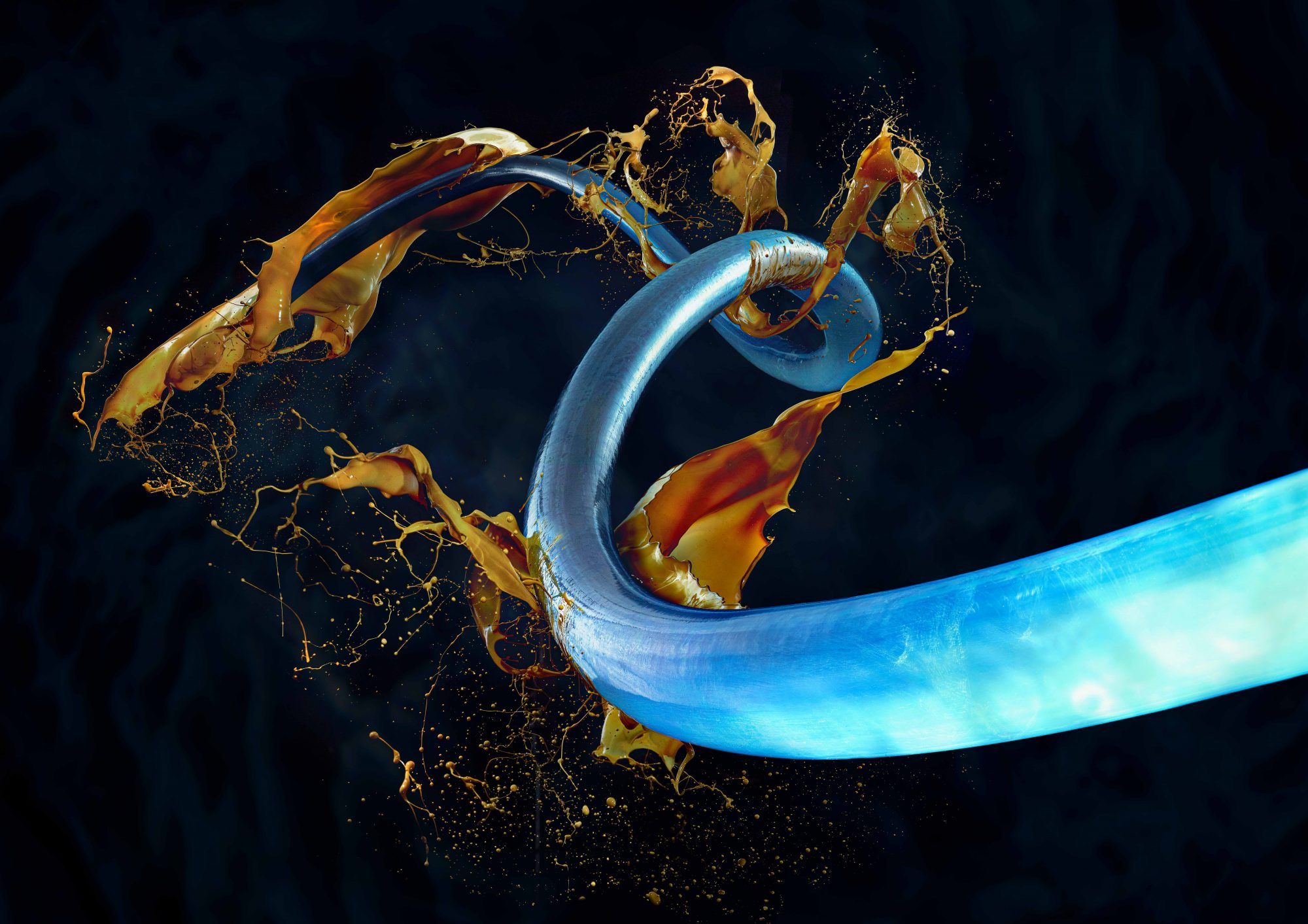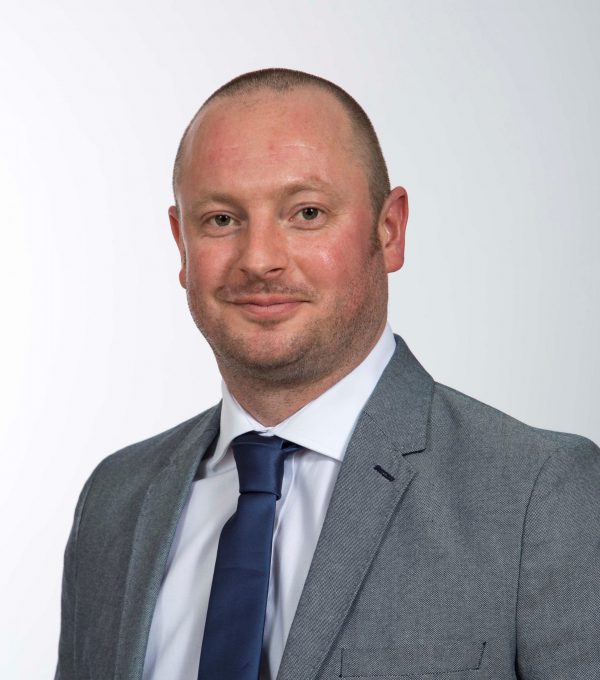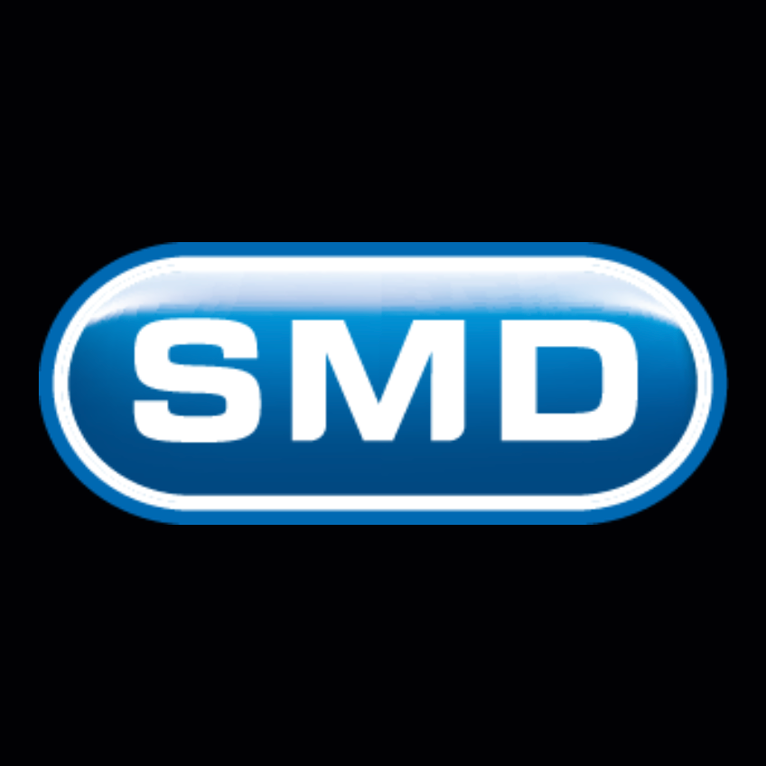SMD has achieved eight world firsts since their inception over 50 years ago. The month’s calendar image was created by photographic artist, Ted Humble-Smith was who was commissioned by The Royal Academy of Engineering to help celebrate the 50th anniversary of the MacRobert Award back in 2019. They described the image as art inspired by engineering celebrating how telecommunication systems are put in place, allowing the world to communicate across oceans. This refers to the technology which is now known as the MD3 plough which, since it’s inception in 1998 has become the industry standard cable burial plough. To date SMD have built over 60 new build telecom cable burial ploughs for 17 customers globally, covering the three telecom continents of USA, Europe and Asia. We caught up with Dr Paul Davison to find out more.
As home of the MD3 industry standard cable burial plough, SMD’s history of telecoms cable ploughs dates to the 1980s, but what was it that prompted SMD to develop the MD3 plough in the first place?
Today 62% of all cable faults can be directly attributed to human activities such as fishing activity or anchor damage. Back then BT Marine, now Global Marine, recognised the threat to copper cables. Alan Reece, the founder of SMD, had successfully demonstrated how ploughs can protect the new oil and gas pipelines being installed in the North Sea. And so the question came about; could this new plough burial technology be scaled down to protect the small telecoms cables?
So it would be fair to say that the ploughing technology Alan Reece developed was fairly ground breaking stuff?
Certainly, and that was recognised by the Royal Academy of Engineering who deemed the technology worthy of the prestigious MacRobert award in 1994. What made the plough so innovative was that the design not only created a furrow to lower the telecoms cable into, but it did so without stopping or slowing the cable lay process from the installation vessel. The term simultaneous lay and bury captures the process and this remains the industry standard to this day. To be able to lay and bury cable in the open oceans, in heavy seas and up to 1.5km below the seabed is now the norm.
And is it fair to say that SMD has continued to develop this technology?
Absolutely. As threats in Asia increased including aggressive trawling, seabed movement and mobile sediments, the market demanded protection beyond 1.1m burial and SMD developed the MD3 plough in 1998. This extended the burial protection to 2m in all conditions, and 3m in the extreme softer seabed. MD stands for Multi-Depth and this unique hinge chassis design allowed these deeper burial depths without making the plough too big, too tall and therefore prone to damage or instability. Think of Bambi. In 2012 we extended the MD3 model to MD3XT; that has a share extension or boot to provide true 3m burial in all plough-able seabed conditions and this technology is now adopted by all the major installation contractors globally.
Taking lessons learnt from oil and gas pipeline burial and applying it to telecoms cable was the first stage of the plough revolution. Stage two was scaling it up to handle power cables. In essence, fibre optic telecoms cables are small in diameter but very robust and durable as their steel wire armouring dominates their construction. You can tie them in a knot, and they’ll survive but I would not recommend it! Power cables are not so robust as the armouring package and insulation of the main conductors in proportion are less and therefore mechanical handling is more demanding. Contact pressures, side wall pressures, mechanical strength, un-supported lift height, static and dynamic bending radius are all critically important. This all led to SMD growing its telecom plough range from MD3 to HD3, which stands for the Heavy Duty. Keeping the benefits of 3m burial and hinge chassis to remain a stable towing platform, HD3 ploughs grew to 45Te with 5m minimum bend radius. These are now the most effective and reliable way to bury the HVAC and HVDC cables and bundles from offshore wind farms to the landing stations on the beach.
What has helped across all plough designs over the years is the inclusion of so many lessons and operational feedback from our customers. Turning that into design improvements, to learn and evolve, is critical to staying at the forefront of the market and to ensure our ploughs deliver exceptional performance and uptime. In 2021 the Boskalis team undertook a full campaign of power cable burial of over 160kms in every type of soil in the North Sea has to offer. Despite the challenge of this campaign, their HD3 racked up just one hour of un-scheduled downtime.
SMD pride themselves on working in partnership with customers. Would you say the customer has had a significant role to play in the development of this technology?
Of course. The technology is one thing, but it is nothing without the operational support of the OEM and expert operators. We have been very lucky to have a client base and regular contact with every major ploughing installation contractor and they and their clients value our technical expertise and assurance that our plough is a safe and reliable choice. There are so many challenges working offshore in installing telecoms and power cables that its our job to keep the subsea technology as reliable as possible so when it goes in the water, it just does its job.



